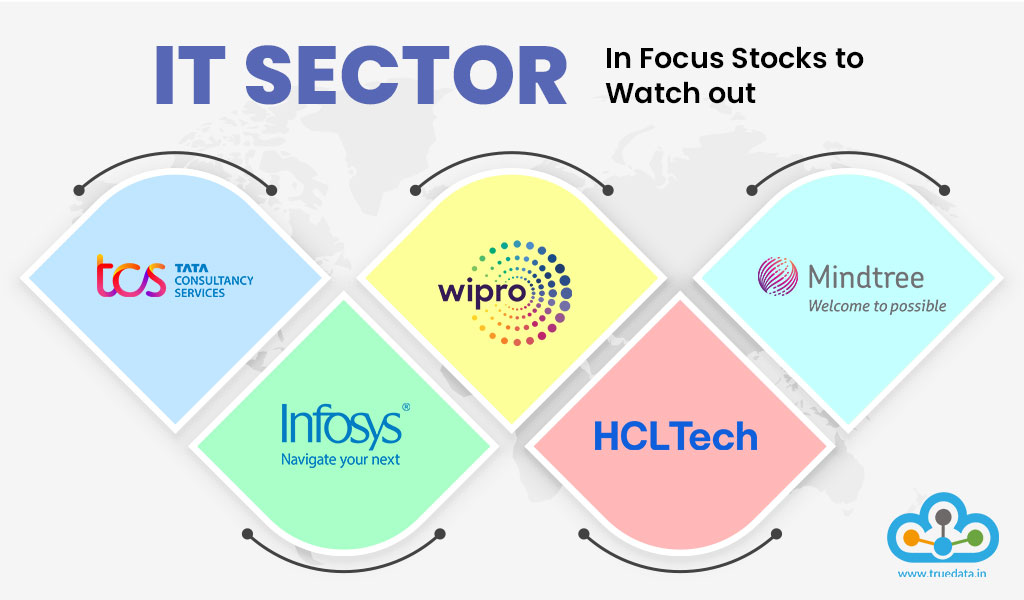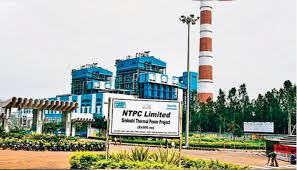Stock markets are like a morning newspaper — every day brings a new headline that can change investor sentiment in seconds. Some days, it’s an H-1B visa update from the White House shaking up Indian IT giants. Other days, it’s infrastructure projects, renewable energy deals, or strategic foreign tie-ups giving select stocks a boost.

For Indian investors aged 25–45, staying on top of such updates isn’t just about information — it’s about spotting opportunities early. Today, we’ll break down the most important stocks in focus, explore what’s driving them, and understand what it means for your trading or investment strategy.
👉 Our primary keyword: stocks in focus today
Why IT Stocks Are in the Spotlight: TCS, Infosys, Wipro, HCL Tech, Tech Mahindra
The Indian IT sector woke up to a big headline: the White House clarified that the $100,000 H-1B visa fee hike applies only to new applications, not renewals.
At first glance, this looks like a relief for companies like Tata Consultancy Services (TCS), Infosys, Wipro, HCL Tech, and Tech Mahindra. But there’s a catch — uncertainty remains about whether these costs can be fully passed on to clients.
Breaking it down with an example:
Imagine you run a catering service and suddenly, the government charges you a massive one-time “license fee” for hiring a new chef from abroad. You’d want to add that cost to your customer bills, but what if customers push back? That’s exactly the dilemma IT firms face with this visa fee hike.
Key takeaways for investors:
- Margin pressure: Analysts estimate around 40 basis points (bps) margin impact for IT firms by FY27.
- LTIMindtree most affected: While biggies like TCS and Infosys can absorb costs, LTIM could see up to 130bps impact due to higher visa dependency.
- Long-term shift: Expect more offshoring to India and nearshoring to Canada/Mexico as companies balance costs.
💡 What You Should Remember: The visa fee hike may dent short-term margins, but it accelerates India’s positioning as a global IT hub. Long-term investors should not panic; instead, watch for which companies handle client negotiations smartly.
HUDCO and NBCC: Strengthening India’s Infrastructure Push
The government’s “Housing for All” vision is getting a new boost. HUDCO signed an MoU with NBCC to execute four construction projects across Uttar Pradesh, Haryana, Gujarat, and Delhi.
This isn’t just another infra deal. HUDCO plays a critical role in financing housing and urban development projects, while NBCC is known for its execution capabilities. Together, they create a pipeline that supports India’s massive urbanization wave.
👉 For retail investors, infra stocks often move in anticipation of government projects. HUDCO’s partnership with NBCC signals more revenue visibility and stronger execution capabilities.
💡 What You Should Remember: Infra deals like HUDCO-NBCC are less about short-term price spikes and more about long-term visibility in housing and construction growth.
RailTel Corp: Internet on the High Seas
In a digital-first world, even ships need uninterrupted internet. RailTel secured a ₹18.06 crore order from Dredging Corporation of India to provide offshore internet for its vessels and ICCC.
This may sound niche, but it shows RailTel’s diversification beyond railways. Think of it like a cricket player adding new shots to his game — the more versatile he becomes, the more valuable he is.
💡 What You Should Remember: RailTel’s expansion into marine connectivity highlights its ability to tap into new revenue streams, strengthening its long-term story.
NTPC: Betting Big on Nuclear Energy

NTPC, India’s largest power generator, is planning to acquire uranium assets abroad to fuel upcoming nuclear projects.
Why does this matter? India’s energy demand is soaring, and while renewable energy is booming, nuclear provides consistent baseload power — a must-have for a growing economy.
- Nuclear plants reduce dependency on coal imports.
- Uranium acquisition ensures supply security.
- NTPC is positioning itself as not just a thermal and renewable giant but also a nuclear energy player.
💡 What You Should Remember: For investors, NTPC isn’t just a “power stock” anymore — it’s transforming into a diversified clean energy play with nuclear as its next big chapter.
Yes Bank: A Vote of Confidence from Japan

In the private banking space, Yes Bank has been struggling to rebuild investor trust since its 2020 crisis. But now, Japanese lender SMBC is set to acquire nearly a 25% stake.
Why is this huge?
- A foreign bank investing deeply signals global confidence.
- Could lead to a rating upgrade for Yes Bank.
- Strengthens capital base, improving growth prospects.
Think of this like a struggling startup suddenly getting a big-ticket investor on Shark Tank — confidence soars, and so does valuation.
💡 What You Should Remember: Yes Bank’s SMBC deal could be a game-changer, but investors must still watch execution and asset quality closely.
Lupin: USFDA Checks the Pune Biotech Plant

Lupin is back in the news after the US FDA conducted a pre-approval inspection at its Pune Biotech plant.
In pharma, US FDA approvals are like exam results — they decide whether a company’s product makes it to the global market. A positive outcome could mean faster launches and higher export revenues.
💡 What You Should Remember: Lupin’s fortunes often swing with US FDA updates. Short-term traders should track inspection results closely.
Hariom Pipe Industries: Mega Steel Plant in Maharashtra
Hariom Pipe Industries signed an MoU with the Maharashtra government to build a ₹3,135 crore integrated steel plant in Gadchiroli.
This isn’t just capex; it’s a strategic move:
- Boosts domestic steel supply.
- Generates local employment.
- Adds long-term capacity for the company.
💡 What You Should Remember: For investors, big capex plans often mean near-term debt but long-term growth visibility.
Oil India: Expanding Green Energy Ambitions
Oil India isn’t just about fossil fuels anymore. It has entered a JV with Rajasthan’s RVUNL to set up 1.2 GW of renewable energy projects.
This marks a clear pivot: traditional oil giants are hedging bets by going green. With India targeting net-zero by 2070, such moves add credibility and future readiness.
💡 What You Should Remember: Energy transition is real. Oil India’s renewable JV makes it more relevant for ESG-focused investors.
PNC Infratech: Road Projects Keep Rolling
Infrastructure builder PNC Infratech bagged a ₹495.54 crore project from Bihar State Road Development Corporation.
In a country where road connectivity is the backbone of economic growth, such orders keep PNC’s order book healthy. For investors, a strong order book = revenue visibility.
💡 What You Should Remember: PNC’s steady stream of road projects shows execution reliability — a key metric for infra stock valuations.
Power Grid: Strengthening Transmission Backbone
Power Grid Corporation of India won the project to build an inter-state transmission system in Madhya Pradesh.
Transmission is like the highway for electricity — without it, even the best generation capacity is useless. Power Grid continues to be the backbone of India’s power infrastructure.
💡 What You Should Remember: Power Grid remains a stable, defensive play for long-term investors seeking steady dividends.
SEPC: Irrigation Project Win
SEPC secured a ₹443 crore order from the Irrigation Department for water resource projects.
Though small compared to larger infra players, this order adds stability to SEPC’s revenues. The stock, however, remains volatile — trading far below its 52-week high.
💡 What You Should Remember: SEPC offers trading opportunities but requires caution due to its high volatility.
The Bigger Picture: What These Moves Mean for the Market
- IT sector faces near-term challenges but long-term structural benefits.
- Infra stocks remain aligned with India’s growth story.
- Energy players are diversifying aggressively into renewables and nuclear.
- Banking is seeing global capital inflows — a vote of confidence.
For an investor, this mix shows one clear theme: India’s growth is multi-sectoral. From tech to steel, from renewables to housing, the opportunities are diverse — but timing and stock selection remain key.
